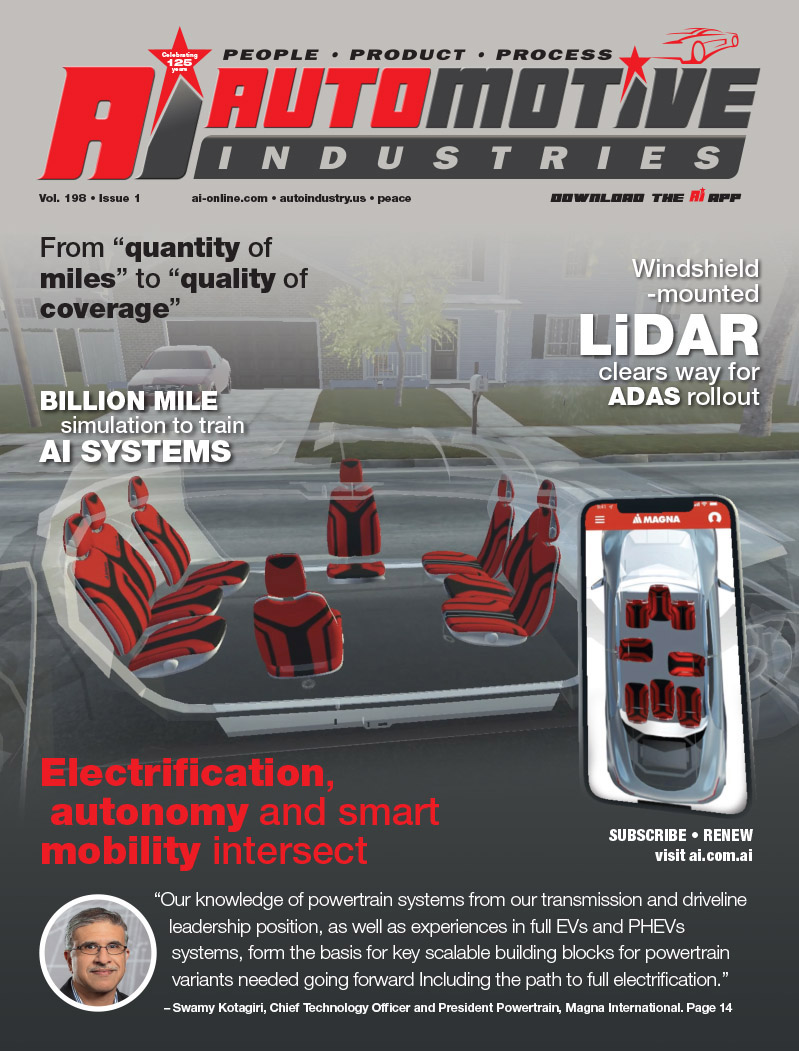
With worldwide sales rising from 178 million units in 2009 to 478 million in 2014, smartphones are becoming the new standard in the mobile phone market.
Customers rely on their smartphones for location-based services that help them in their everyday lives. Customers also have become accustomed to customizing their phones by installing their favorite apps for productivity, entertainment and social networking. This spectacular change in market mix and customer behavior led Parrot, a reference supplier in connectivity solutions for the automotive world, to create a new module, FC6100, designed for the OEM industry, aimed at integrating smartphone features in the vehicle environment.
Parrot has led the way in automobile connectivity with the rapid combination of new connectivity with Bluetooth, USB devices, iPod, iPhone and Wi-Fi. This has been extended to include internet connection through 3G+. The Wi-Fi/3G+ Gateway enables the FC6100 module to access the internet in 3G+ and redistribute it to the car’s occupants in Wi-Fi. This allows them to connect their various devices to the internet through the gateway, facilitating usage by multiple passengers in a single vehicle – through connectivity for laptops, phones, tablets, and various other devices. Examples of this multiplicity can be seen in the following scenarios: accessing online services on the car’s display via the phone, while placing a call; or placing a hands-free call while back passengers stream music from the driver’s phone to their wireless headsets.
The Parrot FC6100 can be embedded in the vehicle and opens the automotive connectivity market to a wide range of Tier One suppliers. Parrots list of existing OEMs and suppliers include Peugeot, Renault, Pioneer, JVC, Audi, VW, Hyundai, Fiat, Kenwood, Swat, Continental, Citroen, Toyota, Nissan and Ford amongst others.
Automotive Industries (AI) spoke with Parrot’s executive vice president, Eric Riyahi, to learn more about the FC6100, and asked him how the FC6100 had evolved from the previous CK5xxx modules generation.
Riyahi: The CK5xxx series has been adopted by many Tier 1 companies for vehicle manufacturers worldwide, in both mass markets and premium segments. Today, the FC6100 includes all the CK5xxx generation’s existing features such as hands-free telephony, multimedia connectivity, best-in-class acoustics and voice recognition. The FC6100 enhances these features by introducing a framework based on Android along with continuous Internet connectivity. This combination allows features such as Internet radio, point of interest (POIs) management, off-board navigation, and other apps customers rely on in their everyday lives. The FC6100 brings together Parrot’s knowledge in automotive connectivity software libraries and the booming use of mobile Internet access based on Android.
AI: What in-vehicle infotainment experience can customers expect thanks to the FC6100?
Riyahi: Customers can expect to use their FC6100-powered unit the way they use their smartphone for productivity and entertainment, e.g. road maps, internet radio, weather, internet browsing, navigation, messaging and traffic information. New apps will be integrated depending on customer demand. In theory, all Android marketplace apps can be integrated as long they have been validated by the car maker. The end user will have access to these apps through the car maker’s app store.
AI: What are the key factors of success for this module?
Riyahi: Parrot contends that connectivity is a commodity. The FC6100 is a platform targeting innovative mass-market vehicles. It is meant to be used by the main equipment manufacturers to drastically reduce time-to-market and engineering costs.
Customers can customize their products based on FC6100, an open-source platform, by implementing their own HMI, Android-compatible apps and use cases.
The platform will come with a standard suite of apps and connectivity solutions.
Equipment manufacturers will develop their specific use cases and will not have to spend time and money developing already-existing and widely-used features.
AI: What’s next in Parrot OEM’s quest to provide ongoing connectivity in automobiles?
Riyahi: Parrot launched a groundbreaking entertainment device in 2010, the AR.Drone. This mass-market quadricopter has helped spread the use of augmented reality by implementing video software processing in combination with realtime wireless feeds from on-board cameras. On the OEM side, Parrot will bring this technology in automotive mass market. One could imagine the possibilities of transforming the surrounding environment into synthesized information for the driver.








More Stories
How Modern Power Management Enhances Connected Fleet Tech
Automotive Industries (AI) Newsletter April 2025
Will Cars Function Like Smartwatches in the Future?